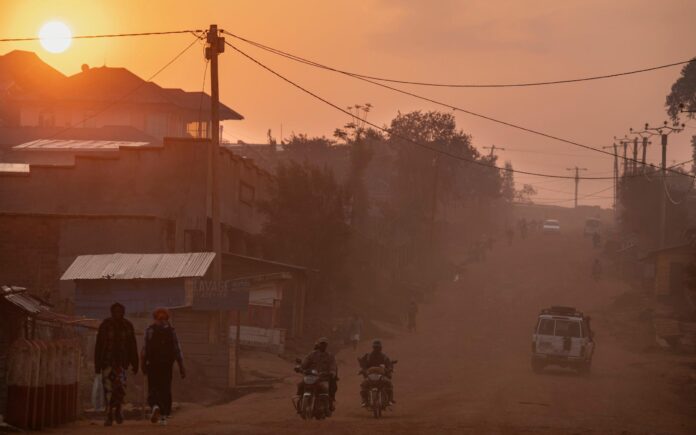More than 50 people have died in north western Congo from an unknown illness which has been killing victims within 48 hours.
The World Health Organization (WHO) has dispatched a team of experts to the area to take samples and try to determine the cause.
The WHO’s Africa office said the first cases in the town of Boloko began after three children ate a bat and quickly died following haemorrhagic fever symptoms, Associated Press reported.
There have been 419 cases and 53 deaths since the outbreak began on Jan 21.
Serge Ngalebato, medical director of Bikoro Hospital, a regional monitoring centre said the interval between the onset of symptoms and death had been 48 hours in the majority of cases, and “that’s what’s really worrying”.
The outbreak also flared in the town of Bomate from Feb 9, and samples from 13 cases have been sent to the National Institute for Biomedical Research in Congo’s capital, Kinshasa, for testing.
All samples have reportedly been negative for Ebola or other common haemorrhagic fever diseases like Marburg.
However, 56 per cent of those tested had proven positive for malaria, Actualite.cd, a Congolese news site reported.
Symptoms had included fever, chills, aches and pains and sore joints.
A similar mystery outbreak in the Democratic Republic of Congo (DRC) late last year eventually turned out to be severe malaria. That outbreak sickened around 500 and killed at least 149 as it spread in Panzi, Kwango, a remote part of the DRC.
Experts said that the country’s threadbare health system and lack of services meant that the malaria outbreak had been difficult to diagnose and treat even though the disease and suitable medicines are widely known.
Bats are a well known reservoir for viruses that can potentially jump into humans and cause outbreaks of disease.
The flying mammals have been found to harbour the rabies virus, coronaviruses such as the one which caused Covid-19, Marburg, Nipah, Hendra and Middle East respiratory syndrome (Mers). Fruit bats are also a common reservoir for the deadly Ebola virus.
There have long been concerns about viruses jumping from wild animals such as bats to humans in areas where they have close contact, or where people kill and eat them.
The number of such outbreaks in Africa has surged by more than 60 per cent in the last decade, the WHO said in 2022.
Protect yourself and your family by learning more about Global Health Security
|AP

